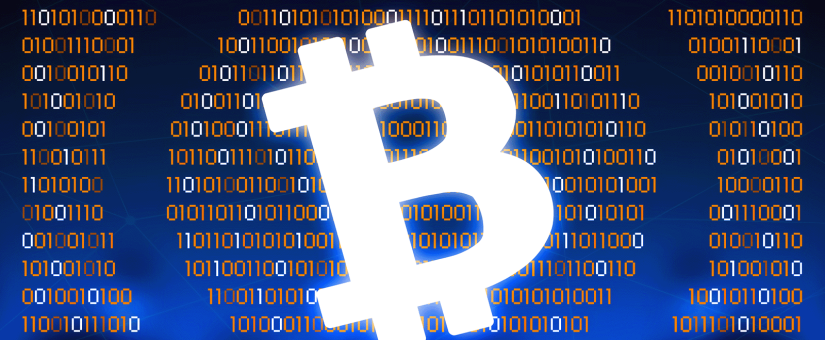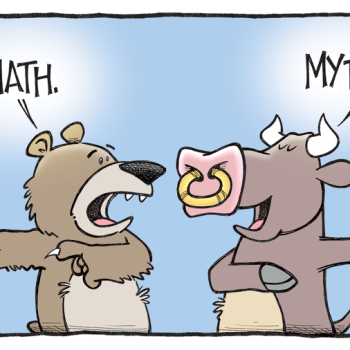
Understanding Bitcoin UTXOs: A Comprehensive Guide
- Posted by Danny Callan
- On June 4, 2024
- 0 Comments
Note: These brief market views reflect what’s on my mind and serve as a way to document my thoughts. I’ll post whenever I think it’s worth documenting, without committing to a fixed schedule.
Understanding Bitcoin UTXOs: A Comprehensive Guide
Introduction
I’ve recently been learning about UTXOs in relation to Bitcoin. UTXOs are essentially the digital equivalent of the change you receive after buying a coffee. While they might seem boring at first, understanding them is crucial to fully understanding Bitcoin. Let me explain what UTXOs are, how they work, and why they matter.
What Are UTXOs?
A UTXO is like the leftover change in your pocket after shopping, but for Bitcoin. It represents the amount of Bitcoin that remains unspent after a transaction. Unlike traditional banking, where balances are kept by the bank, Bitcoin’s decentralized system uses UTXOs to keep track of your funds.
Comparing Bitcoin with Traditional Banking
In traditional banking, you have an account with a balance that the bank manages. For example, if you have £500 in your account, the bank confirms this balance. Bitcoin, however, doesn’t use accounts and balances. Instead, what you see as a balance in your Bitcoin wallet is an aggregation of UTXOs.
How UTXOs Work
Imagine you have £85 in cash, composed of various notes like four £20 notes and one £5 note. Each note represents a separate unspent transaction output. Similarly, in Bitcoin, each UTXO is a discrete amount of Bitcoin that you can spend or send.
If you have 1 Bitcoin (BTC) in your Trezor hardware wallet, it might be stored in different UTXOs such as 0.1 BTC, 0.2 BTC, and 0.7 BTC. Your wallet software aggregates these UTXOs to display a total balance of 1 BTC.
Real-Life Example: Tom Buys a Coffee from Bob
Scenario: Tom wants to buy a cup of coffee from Bob’s café using Bitcoin. Here’s how the UTXO model facilitates this transaction:
Step 1: Tom’s Bitcoin Wallet Tom wallet contains the following UTXOs:
- UTXO 1: 0.5 BTC
- UTXO 2: 0.3 BTC
- UTXO 3: 0.2 BTC
His wallet shows a total balance of 1 BTC.
Step 2: The Coffee Purchase The coffee costs 0.4 BTC. Tom decides to use his UTXO 1 (0.5 BTC) to pay for the coffee.
Step 3: Transaction Creation Tom’s wallet creates a transaction:
- Input: UTXO 1 (0.5 BTC)
- Outputs:
- UTXO 1 (for Bob): 0.4 BTC
- UTXO 2 (change back to Tom): 0.0999 BTC (after a minor transaction fee)
Step 4: Broadcasting the Transaction Tom’s wallet signs the transaction and broadcasts it to the Bitcoin network. The network nodes validate the transaction, ensuring the sum of the outputs is correct.
Step 5: UTXO Update Once the transaction is confirmed:
- Tom’s original UTXO 1 (0.5 BTC) is marked as spent.
- Bob receives a new UTXO of 0.4 BTC.
- Tom receives a new UTXO of 0.0999 BTC as change.
Step 6: Final Balances
- Tom’s Wallet: He now has UTXO 2 (0.3 BTC), UTXO 3 (0.2 BTC), and a new UTXO (0.0999 BTC), totaling 0.5999 BTC.
- Bob’s Wallet: Bob now has a new UTXO of 0.4 BTC.
UTXO Management and Consolidation
Managing UTXOs efficiently is crucial for any Bitcoin user. Over time, as you receive multiple small transactions, your wallet can accumulate numerous small UTXOs. This can lead to higher transaction fees when spending Bitcoin, as each UTXO included in a transaction requires additional data, thus increasing the transaction size.
Why Consolidate UTXOs?
- Reduced Transaction Fees: Consolidating smaller UTXOs into a single larger UTXO can reduce the size of future transactions, leading to lower transaction fees.
- Simplified Management: Fewer UTXOs mean easier tracking and management of your Bitcoin holdings.
- Optimized Transactions: Having larger UTXOs can make transactions more efficient, especially when you need to make a larger payment.
How to Consolidate UTXOs?
Consolidating UTXOs involves creating a transaction where you send multiple smaller UTXOs to yourself, resulting in fewer, larger UTXOs. Here’s a step-by-step guide:
- Check Your UTXOs: Use your wallet to view all the UTXOs you currently have.
- Create a Consolidation Transaction: Generate a new receiving address in your wallet.
- Select Small UTXOs: Select the small UTXOs you want to consolidate.
- Send to Yourself: Create a transaction that sends the selected UTXOs to your new receiving address. Make sure to account for transaction fees.
- Broadcast and Confirm: Broadcast the transaction to the network and wait for confirmation.
Importance of UTXOs
UTXOs are essential for several reasons:
- Verification and Security: UTXOs ensure that Bitcoin transactions are accurate and prevent double-spending. Each UTXO can only be spent once, and the Bitcoin network verifies that the inputs and outputs match.
- Privacy Considerations: Bitcoin is pseudonymous. While personal details are not directly linked to transactions, the transparency of the blockchain allows tracking of UTXO flows. Using fresh Bitcoin addresses for each transaction can help maintain privacy.
Privacy Implications
Bitcoin isn’t entirely anonymous. Chain surveillance firms can track UTXO flows and link transactions to individuals, especially with KYC (Know Your Customer) information. To maintain privacy:
- Use fresh addresses for each transaction.
- Avoid mixing KYC Bitcoin with non-KYC Bitcoin.
Conclusion
Understanding UTXOs is vital for any serious Bitcoin enthusiast. UTXOs play a crucial role in verifying and securing transactions and have significant implications for privacy. By mastering UTXOs and implementing best practices, Bitcoin investors can better manage their holdings and protect their financial future. Whether you’re new to Bitcoin or deepening your knowledge, grasping the importance of UTXOs is a key step in becoming a savvy Bitcoin user.



0 Comments